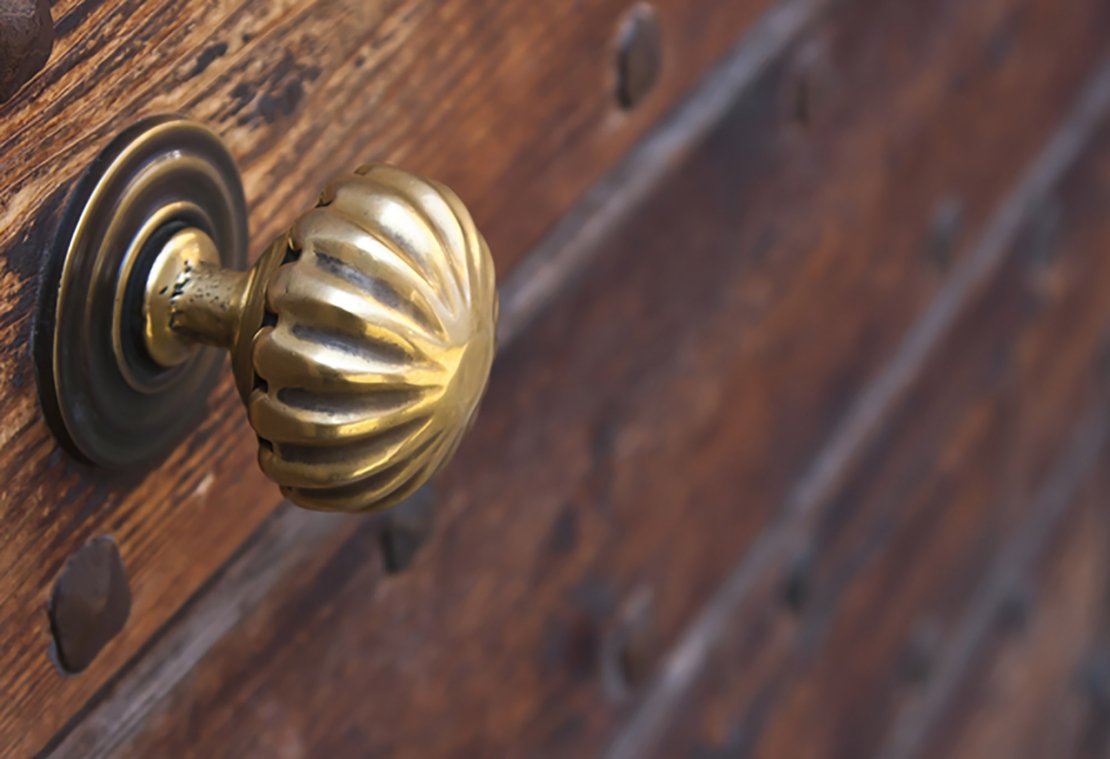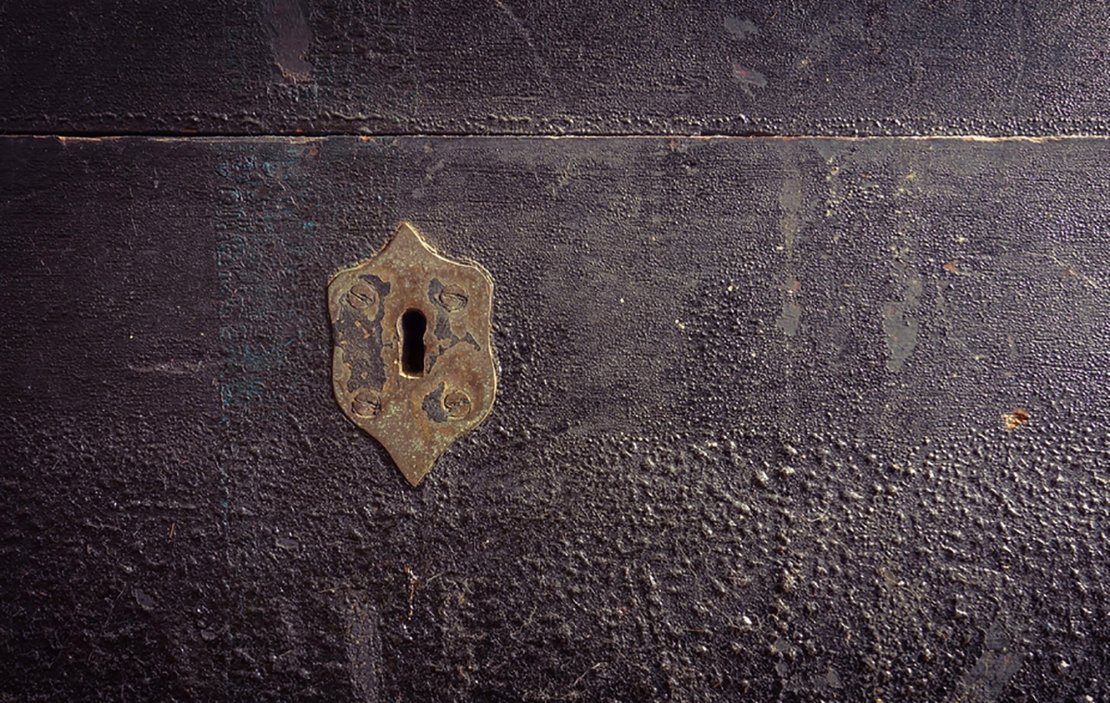In the Victorian era, the design and function of door hardware reached new heights. The Industrial Revolution was in full swing, and with it came technological advancements that allowed for the mass production of door fittings. This meant that even the most modest of homes could boast the elegance and sophistication once reserved for the aristocracy.
Essential elements of Victorian door furniture
Door knobs, door handles, and furnishings from the Victorian era are essential components of ironmongery for the interior and exterior of a home. This is particularly true for period homes and other types of properties built during that era. We have all witnessed the remarkable and fascinating designs selected for the door knockers and door knobs installed on Victorian front doors.
These were typically purchased or commissioned as part of a matched set of Victorian hardware that included the door knob, door knocker, letterbox, and bell. Typically, these were constructed of cast brass or iron that had been coated black.
After the gate, the door knocker or door knob, as well as the doorbell, would typically be the first items to be connected to the house and touched by any visitors. As such, the homeowner would want the first impression to count and for the visitor to get a flavour of the good taste of the house owners. The centre door knob is a popular addition that can be found in a variety of visually appealing forms.

The aesthetics of Victorian door furniture
One of the most iconic features of Victorian door hardware was the door knob. No longer a simple round handle, the Victorian door knob became a work of art in itself. It was often made of brass, which was polished to a gleaming shine. Intricate patterns and motifs were meticulously engraved onto the surface, transforming a utilitarian object into a thing of beauty.
Some door knobs were adorned with floral designs, while others featured geometric patterns or even mythical creatures. Each doorknob was a statement, a reflection of the homeowner's personality and taste.
But the Victorians didn't stop at door knobs; they lavished their attention on every aspect of door hardware. The door hinges, for example, were often concealed within decorative plates, known as hinge finials. These finials were crafted with the same level of detail as the doorknobs, featuring intricate patterns and motifs that complemented the overall design of the door. They were not merely functional components; they were integral to the overall aesthetic of the door.
Of course, no discussion of Victorian door hardware would be complete without mentioning the locks. Lock technology advanced rapidly during the Victorian era, with new mechanisms and designs being introduced. The most popular type of lock during this time was the mortice lock, which required a pocket, or mortice, to be cut into the edge of the door to accommodate the lock mechanism.
These locks were often paired with ornate escutcheons, which served as decorative plates to protect the keyhole and lock mechanism. Just like the door knobs and hinge finials, the escutcheons were meticulously designed, featuring intricate patterns and motifs that echoed the overall style of the door.

The Victorians also placed great importance on security, and as such, their locks were often equipped with intricate mechanisms to deter would-be intruders. Some locks featured multiple levers that had to be lifted to align with a specific pattern, while others incorporated complex key designs that required precise manipulation to unlock. These locks were not only functional but also objects of fascination and intrigue.
When the Victorian era came to an end, so did the prominence of Victorian door hardware and locks. The sleek lines and minimalist designs of the Art Deco movement replaced the ornate flourishes of the Victorian era. However, the legacy of Victorian door hardware and locks lives on. Many of these exquisite pieces can still be found in well-preserved Victorian homes or in the collections of passionate antique enthusiasts. They serve as a reminder of an era when craftsmanship and attention to detail were held in the highest regard.
So, the next time you open a door, take a moment to appreciate the beauty of the door knob, the elegance of the hinge finials, and the intricate design of the escutcheon. These seemingly mundane objects are not just functional—they are a testament to the creativity and artistry of the Victorian era.
Hardware for Decorative Doors and Frames
The heyday of door knobs as we know them today started many years ago.
Coffin handles were the subject of some of the earliest design patents for decorative hardware; however, the trend did not take long to expand to door hardware.
In the year 1869, design patents were issued for hinges, escutcheons, and an exterior door latch. Additionally, the first design patent for a decorated doorknob made of shellac and silica was issued at this time.
The demand for ornate Victorian door hardware was quickly amplified by a newly developed casting method. This method involved forcing molten bronze into a mould at high pressure, which resulted in castings that had an exceptionally high level of detail.
This method was pioneered by the Russell & Erwin Manufacturing Company (R&E), which was located in New Britain, Connecticut. R&E was responsible for producing a variety of well-liked designs, the most well-known of which was the "doggie" knob. A big lion's head knob and an escutcheon portraying a flamingo drinking champagne are two examples of the other wacky inventions that R&E has produced. After the initial launch of the R&E designs, a deluge of knockoffs immediately followed.
In the aftermath of Japan's exhibitions at the 1876 Centennial in Philadelphia, the United States fell in love with Japanese designs and their renderings of exotic birds, butterflies, sunflowers, bats, and owls that were asymmetrical and geometric.
Once again, R&E was the first to establish a trend by releasing a line of Japonesque hardware in the year 1879. This collection featured motifs like geishas, cranes, and bluebirds. Other manufacturers quickly followed suit, and in 1885, Sargent introduced their "Ekado" pattern.
Eventually, the Japonesque hardware trend melded into the larger Aesthetic Movement, which used naturalistic Asian, Middle Eastern, and Gothic elements in a range of different ornamental products. This Movement lasted from the 1820s through the 1870s. In the latter half of the 19th century, manufacturers started diversifying their product lines by incorporating decorative motifs from bygone eras, such as the Italian Renaissance, into their hardware. And they introduced lots of other elements of door hardware to match the basic handles and knobs such as letterbox plates, door locks, brass knockers and finger plates, for Victorian internal doors and external doors . These items were not only designed to ensure a building was safe and secure but also that the door was a beautiful object to look at.



Be the first to add a comment...